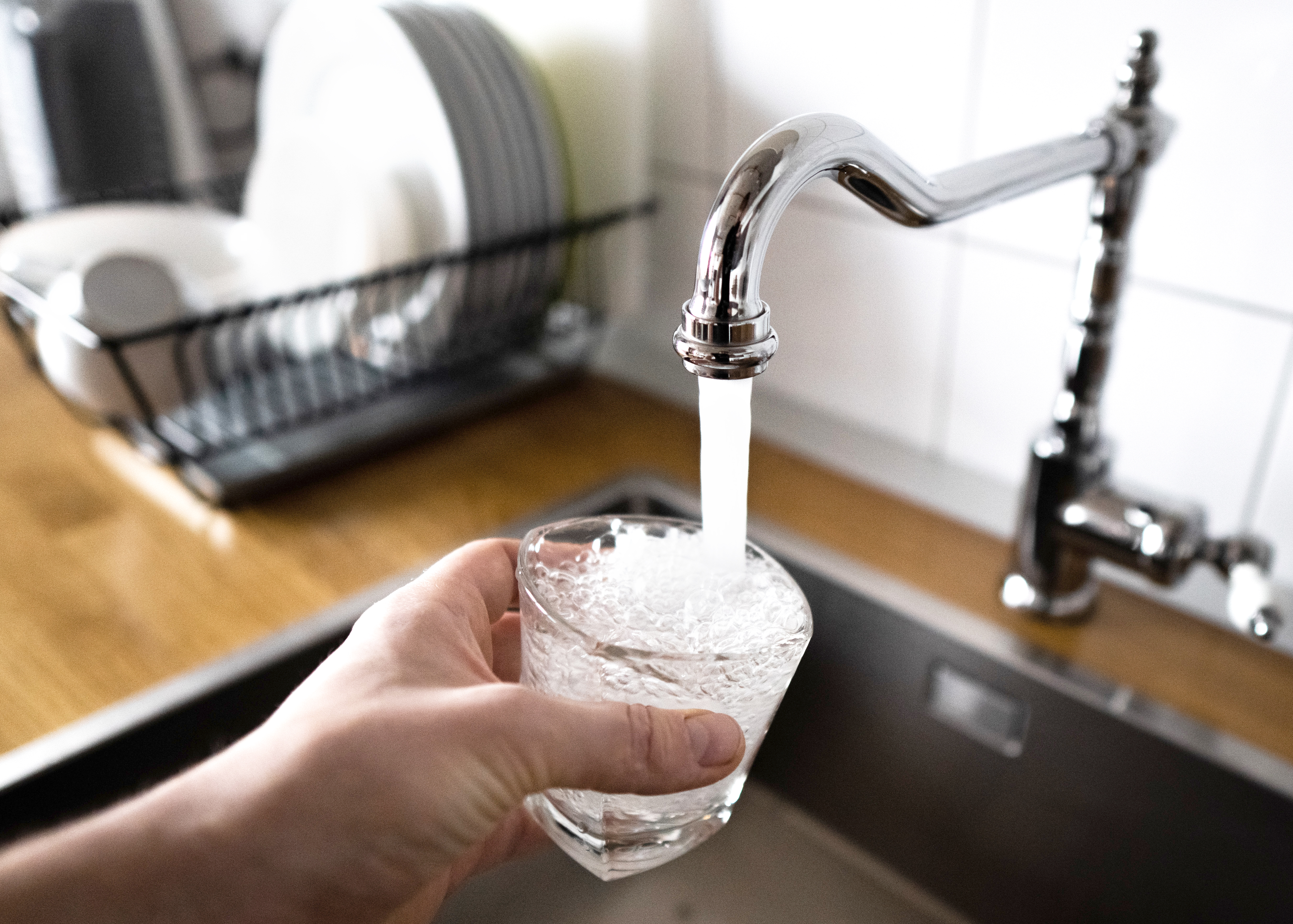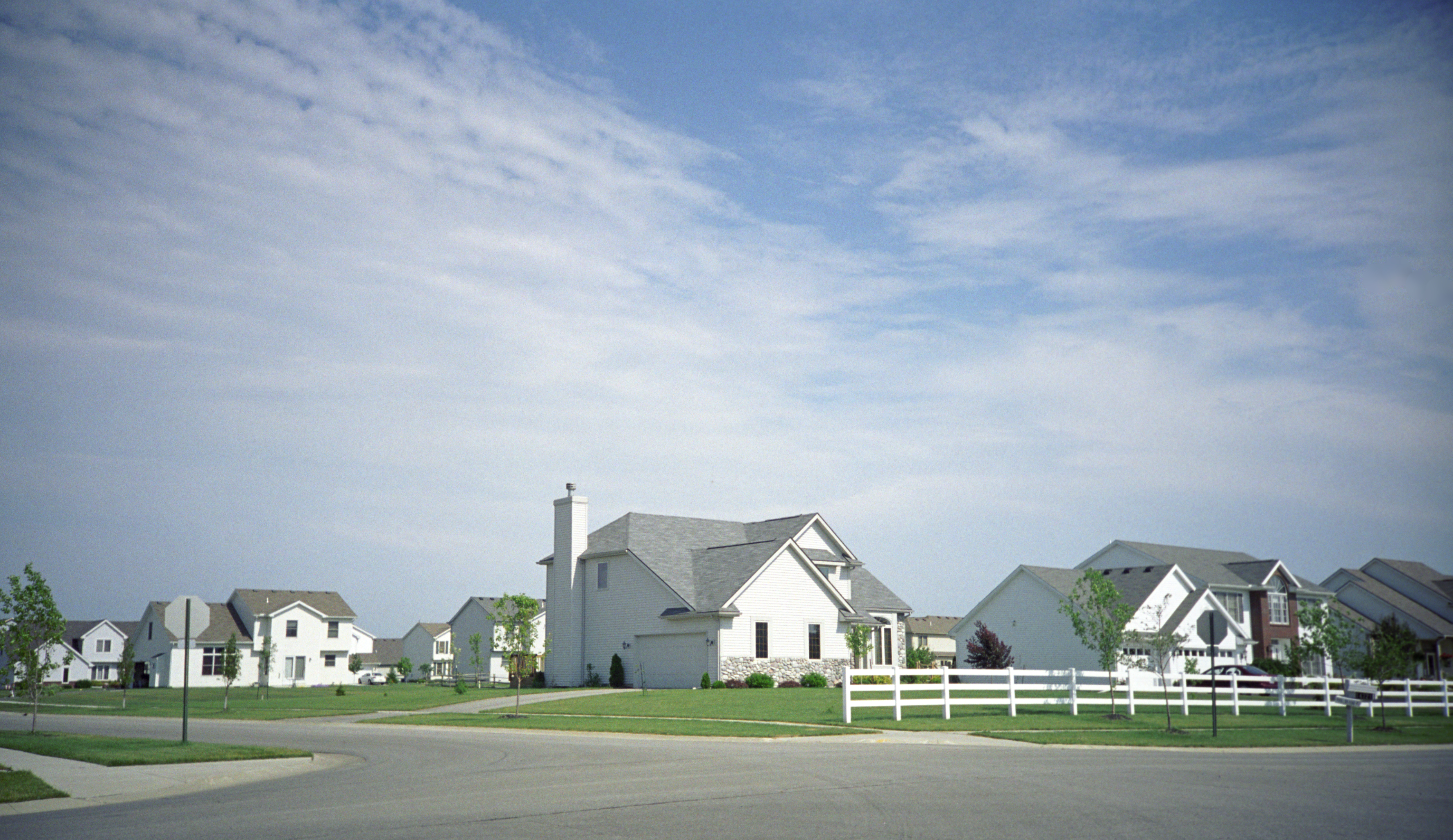
Learn how much plumbers cost in Columbus, Ohio. Discover pricing for faucet repairs, pipe work, and emergency services, plus how you can save money.
Troubleshooting garbage disposal issues is easier than you might think


Your garbage disposal may be the closest thing to a kitchen miracle—it makes for more efficient food disposal and reduces the chaotic mess in your kitchen. As with most appliances, garbage disposals need some TLC from time to time.
Make sure to prioritize your maintenance for garbage disposals if you think something’s wrong. From a simple reset to homemade citrus soaks, there are several tips for troubleshooting garbage disposals to keep it running properly.
If you’re hearing a humming noise, but nothing else, your garbage disposal may be jammed. Luckily, the reset button makes troubleshooting your unit easy.
To reset your garbage disposal, look for a red reset button under the unit. Push until you hear a click. Then, try running the disposal to see if all it needed was a quick reset.
One potential reason your disposal fails to turn on is that a circuit breaker has tripped. If your circuit breaker supports your disposal and other large appliances, the disposal might trip the breaker. Some warning signs of a tripped circuit breaker include:
Breaker is hot to the touch
Noticeable burning smell
Visible damage to breaker box or outlets
Troubleshooting is easy; just reset the breaker. To reset a tripped breaker, turn off any devices connected to the circuit. Next, find the circuit breaker board (a metal box mounted on a wall, usually in the basement or utility room) and flip the switch.
Make sure your breaker is wired correctly and is the correct size to support the unit to help keep your disposal happy.

If you notice puddles in your cabinets or hear a continual dripping noise, your garbage disposal may be leaking. Food coloring can help you determine the source of the leak.
Unplug the garbage disposal, turn off the power from the connected circuit breaker, and insert a sink stopper into the drain. Drip a few drops of food coloring into a cup of water, pour the mixture onto the sink stopper, and grab a flashlight to investigate. You’ll want to look for colored water escaping the unit, particularly at the top, side, and bottom.
P-Traps do exactly what you think: trap water and debris in their curves to protect your nose (and sewer) from unpleasant smells. Unfortunately, it can also clog and affect how your disposal drains. Like any regular sink maintenance, you’ll need to inspect it and clear it if your disposal starts draining slowly.
Scrubbing with a bottle brush or straightened wire coat hanger will clean the P-trap best and prevent any future leaks from forming.
Don’t throw away the limes you used to craft a deliciously tart cocktail or the lemon you squeezed for a recipe. The d-limonene in citrus breaks down oils and can help maintain your unit naturally. Toss your citrus peels into the disposal and run with cold water to eliminate odors and thwart bacterial growth. Oranges, lemons, limes, and grapefruit are all fair game.
When your garbage disposal leaks from the top, it’s likely leaking from the flange—the ring that connects the disposal to the sink. When this ring gets too loose, the garbage disposal can leak.
To tighten the flange, you’ll need to use a screwdriver. Place the screwdriver on the flange and rotate it clockwise until there is complete resistance.
If the unit is leaking from the bottom, this suggests a seal that protects the motor is failing or cracked. Failing seals are usually the result of general wear and tear. Rather than troubleshooting your garbage disposal, your best bet is to replace it. You can expect the cost of a new garbage disposal to run anywhere from roughly $150 to $950.
While your garbage disposal can last between 12 and 14 years, the rubber gaskets can break down faster over time (even more so if you don’t use the disposal often and it dries up). In this case, your disposal will leak. Replacing the old gasket is more affordable and easier to replace than the whole unit, usually less than $20 at the home improvement store.
From average costs to expert advice, get all the answers you need to get your job done.

Learn how much plumbers cost in Columbus, Ohio. Discover pricing for faucet repairs, pipe work, and emergency services, plus how you can save money.

Learn about main water line repair costs in Columbus and what affects pricing to be prepared before you start getting estimates.

Discover the leading factors affecting your main water line replacement cost in Columbus, including length, material selection, and installation details.

If your faucet hasn’t been working like it used to, you might need a replacement. Here’s how to replace a kitchen faucet like a plumbing pro.

An undermount sink can create a sleek, seamless aesthetic for your kitchen sink. Use this guide to learn how you can replace and install your undermount sink.

Fixing a leaky faucet starts with knowing which type of faucet you have. Follow these steps to learn how to fix a leaky faucet in no time.